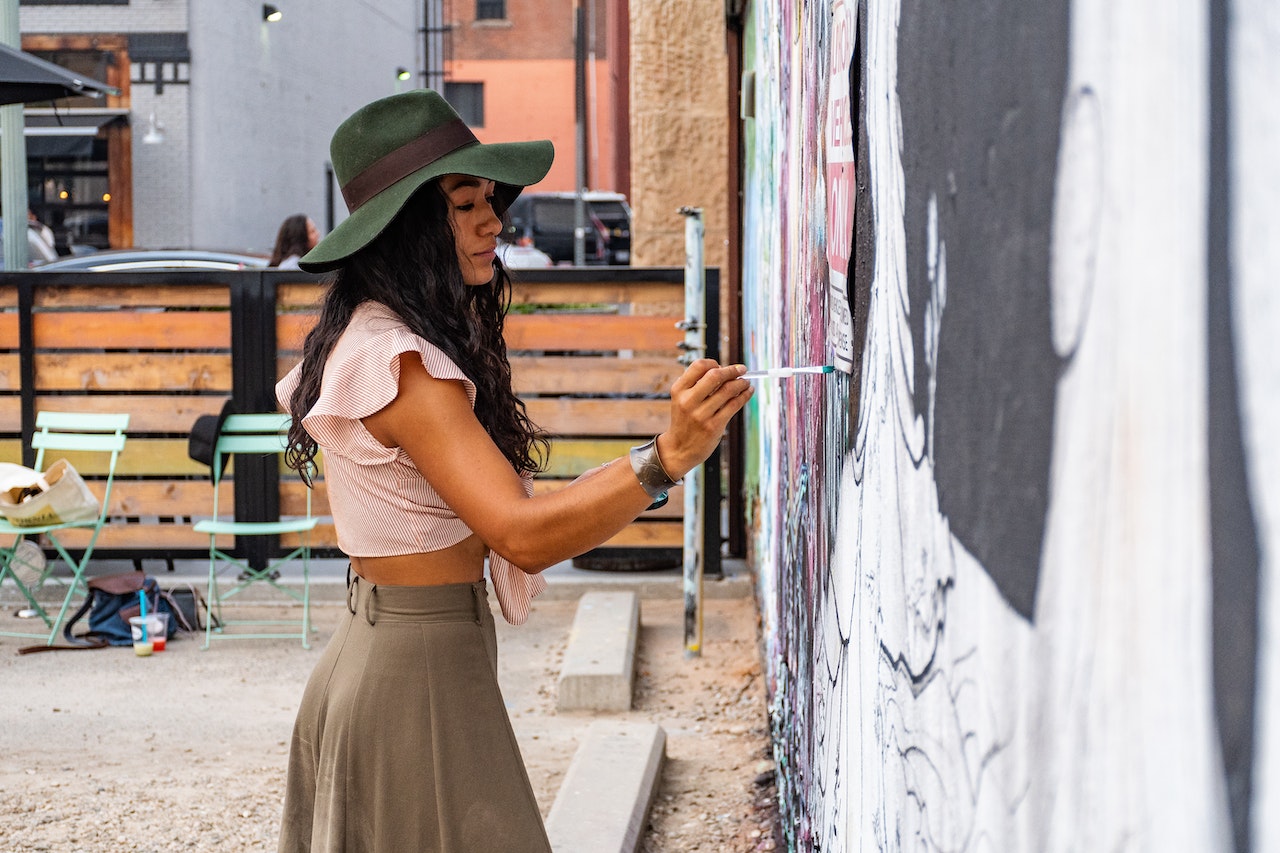Culture and street fashion are closely intertwined. Street fashion often emerges from and reflects the cultural influences and subcultures present within a particular society. Here are some key points that highlight the relationship between culture and street fashion:
- Cultural Expression: Street fashion serves as a form of cultural expression, allowing individuals to showcase their identity, beliefs, and values through their clothing choices. It becomes a visual representation of the cultural influences that shape their lives.
- Subcultures: Street fashion is often closely associated with various subcultures, such as hip-hop, skateboarding, punk, grunge, and more. These subcultures develop their own distinct style codes and fashion preferences, which contribute to the diverse range of street fashion aesthetics.
- Ethnic and Global Influences: Street fashion incorporates influences from different ethnic backgrounds and global cultures. It embraces the fusion of diverse styles, patterns, textiles, and traditional garments from various regions around the world.
- Local Fashion Scenes: Street fashion varies from one city to another, with each location having its own unique fashion scene influenced by the local culture. Urban environments provide a melting pot of cultures, resulting in the emergence of distinct street fashion trends and styles.
- Social Commentary: Street fashion can be a powerful medium for social and political commentary. It has been used as a platform to address issues of identity, race, gender, and societal norms. Fashion movements like Afrofuturism and queer fashion have emerged from street culture, challenging existing norms and promoting inclusivity.
- Cultural Appropriation: While street fashion draws inspiration from various cultures, it is essential to consider the impact of cultural appropriation. Appropriation occurs when elements of a marginalized culture are taken out of context or commodified without respect or understanding. It is important to engage in cultural appreciation and collaboration rather than appropriating and exploiting cultural symbols and practices.
- Fashion Weeks and Runways: Fashion Weeks in major cities around the world provide a platform for designers to showcase their interpretations of street fashion influenced by their respective cultures. These events often celebrate diversity and serve as a reflection of global fashion and cultural trends.
- Street Style Photography: Street style photographers capture the fashion moments and unique styles found on the streets. They document how individuals incorporate their cultural background and influences into their fashion choices, providing a visual representation of the intersection between culture and street fashion.
In summary, culture and street fashion have a symbiotic relationship. Street fashion is heavily influenced by cultural expressions, subcultures, and global influences, while culture, in turn, is reflected and influenced by the ever-evolving street fashion trends. The blending of different cultural elements contributes to the rich tapestry of street fashion, making it a vibrant and dynamic form of self-expression.








+ There are no comments
Add yours